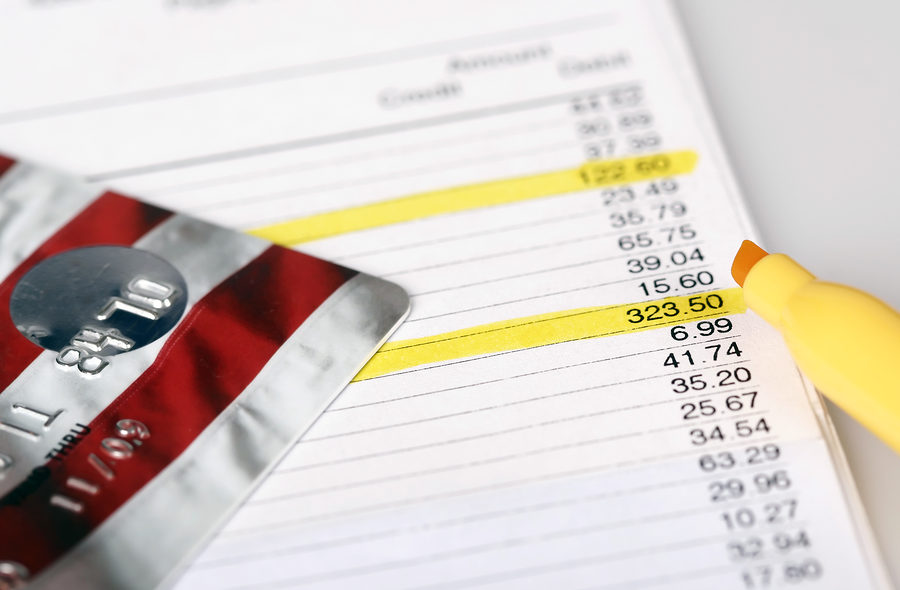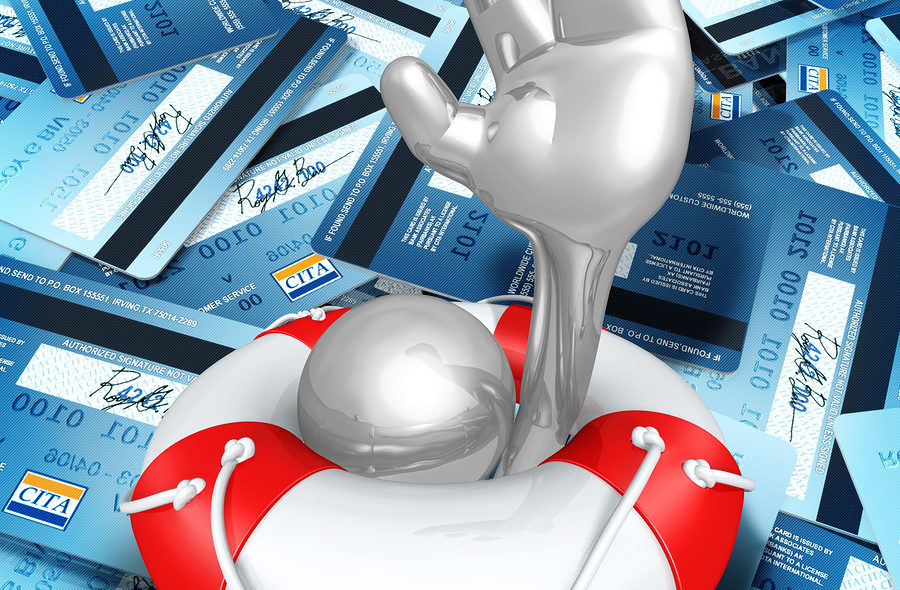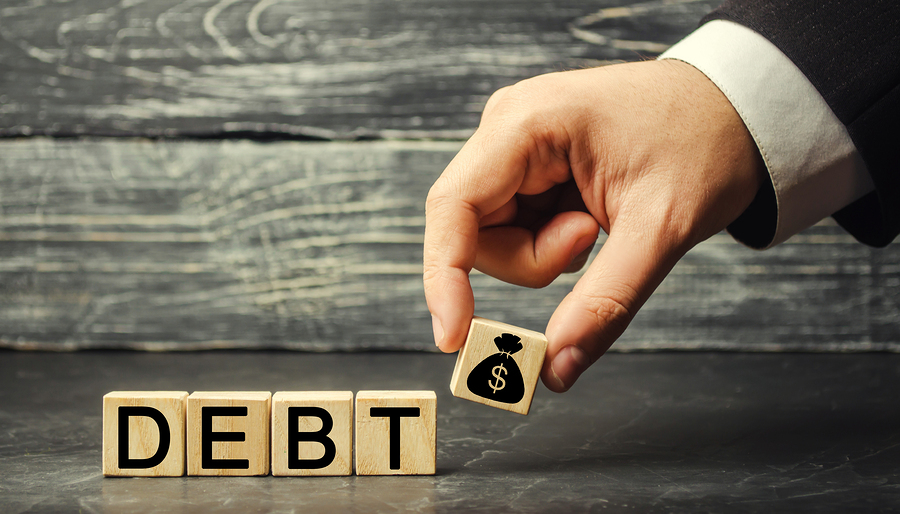During the Covid-19 pandemic, many Americans have resorted to using credit cards to purchase basic living expenses. With many Americans out of work and stuck at home, this crisis has wreaked havoc on their finances.
Analysts at Bankrate.com estimate that over 110 million consumers entered this crisis carrying credit card debt. A great portion of this debt was already incurred by paying for necessary living expenses, such as childcare and groceries, with credit credits. These expenses also included paying for repairs to cars or homes, as well as emergency medical expenses.








